Sedna's Guide to Medicaid Management Information Systems
- Team Sedna

- Nov 20, 2020
- 4 min read
Updated: Feb 7, 2024

More than 1 in 5 Americans rely on Medicaid for health coverage. Since the joint state and federal program was enacted in 1965, Medicaid has gone on to provide health coverage for over 75 million eligible children, adults, seniors, and individuals with disabilities. Just seven years later, as Medicaid became more complex, the Medicaid Management Information System (MMIS) was launched to automate Medicaid’s enrollment and eligibility process.
But what really is MMIS? How has Sedna’s expertise revolutionized MMIS? Read on.
WHAT IS MEDICAID MANAGEMENT INFORMATION SYSTEM (MMIS)?
MMIS is an automated computerized processing system that processes claims and retrieves Medicaid information. With the collected data, the system verifies the eligibility of a state for federal funding and controls business functions, such as inquiries by beneficiary and healthcare providers, administrator cost control operations, and management reporting. Other functions of MMIS include: 1) client eligibility, adjudication, and liability; 2) provider liability; 3) authorization and acceptance of claims; and 4) enrollment processing of claims. By law, all states are required to operate a MMIS in order to streamline Medicaid processes, reduce risks to the state and stakeholders, and enhance provider experiences.
WHAT SYSTEMS DOES MMIS INCLUDE?
For over 30 years, the Center for Medicare and Medicaid Services oversaw the implementation of MMIS. But, with the rapid expansion of Medicaid coverage under former President Obama’s administration, MMIS has become increasingly complex. That’s where Sedna comes in. But before understanding how Sedna’s expertise continues to make a nationwide impact on MMIS, it’s vital to understand the many systems of MMIS.
Since MMIS is an integration of computer systems that work together to support program activities such as claim processing and provider screening, there are several subsystems contributing to ensure the effective functioning of MMIS. Among all systems, the claims processing subsystem is the core of MMIS. It helps adjudicate claims using data from recipient eligibility, provider, and reference subsystems— all of which are MMIS systems. In the process of adjudication, this subsystem determines the eligibility of claims for reimbursement and calculates the rate of reimbursement if eligible. Afterwards, the generated information is transferred to the remaining subsystems for analysis and reporting.
In order to support and maintain the functionality of the claim processing subsystem, the operation of MMIS relies on recipient eligibility and provider subsystems. The importance of these subsystems can’t be overlooked. The recipient eligibility subsystem contains comprehensive profiles of all eligible individuals and serves as a comprehensive database. Besides claim processing, it also provides data for administrative reporting. On the other hand, the provider subsystem tracks healthcare providers, facilities and organizations, and keeps pricing data for other services. The provider enrollment unit in the subsystem is programmed to complete data entry and revise provider information everyday. Finally, MMIS processes the organized information and produces a daily report, which the unit then uses to identify and correct errors. The impact? Creating a better healthcare experience for Medicaid patients and speeding up the process of reimbursement for providers.
As both subsystems are designed to compile and update data, the reference subsystem encompasses all of the applicable codes and conditions for Medicaid. For each diagnosis, procedure, and medication, the subsystem keeps track of Medicaid eligibility, the assigned providers, and the amount of reimbursement. Additionally, it also generates reports that help Medicaid managers analyze payments and track drug rebates, which allows Medicaid beneficiaries to purchase medicine at lower prices.
HOW CAN SEDNA HELP YOU WITH YOUR MMIS NEEDS?
More than ever, states nationwide have prioritized updating their old, clunky Medicaid Management Information Systems. Under the Affordable Care Act, the expansion of Medicaid uncovered the inefficiencies of many current systems. To make matters more complex, recent mandates have required individual states’ MMIS to carry the capabilities of communicating with one another. These increased pressures have forced states to take a look at their MMIS operations. In fact, nearly a quarter of states are hoping to modernize their own MMIS, according to the Centers for Medicare and Medicaid Services. Illinois, Nebraska, Mississippi, Louisiana, and New Mexico are some of the many states that have looked to implement and enhance a new or existing MMIS.
If that sounds like something relating to your business practice, Sedna is here for your next MMIS project. Sedna is at the forefront of these major implementations. With over 15 years of expertise and experience in the MMIS field, Sedna has worked with large implementation companies of MMIS nationwide. Sedna provides subject-matter experts (SME), project managers, trainers in contract management, quality assurance, and business analysts across all MMIS modules. Sedna’s past projects and core competencies include helping move MMIS systems from one state to another, providing MMIS training for entire states, and enhancing existing MMIS systems in major metropolitan areas.
WHY CHOOSE SEDNA?
As a woman and minority-owned company, Sedna has been dedicated to providing organizations in IT, finance, government, insurance, and healthcare industries with diverse talents for technology roles. MMIS implementation is a risky and complex technology system and requires experienced professionals with specific expertise to implement, deploy, and make changes to the system. With Sedna’s decades of recruiting experience, vast resources, and strong core values, Sedna is confident that the team can use over 15 years of experience and resources to help you implement new MMIS projects. In order to ensure your safety during the COVID-19 pandemic, Sedna is working remotely and is prepared to provide services for you.
If you have any questions, want more information, or need help for your IT staffing needs, we strongly encourage you to contact us at info@sednacg.com and explore our website at sednacg.com. We are looking forward to having a discussion with you so we can support you with our best!





Comments